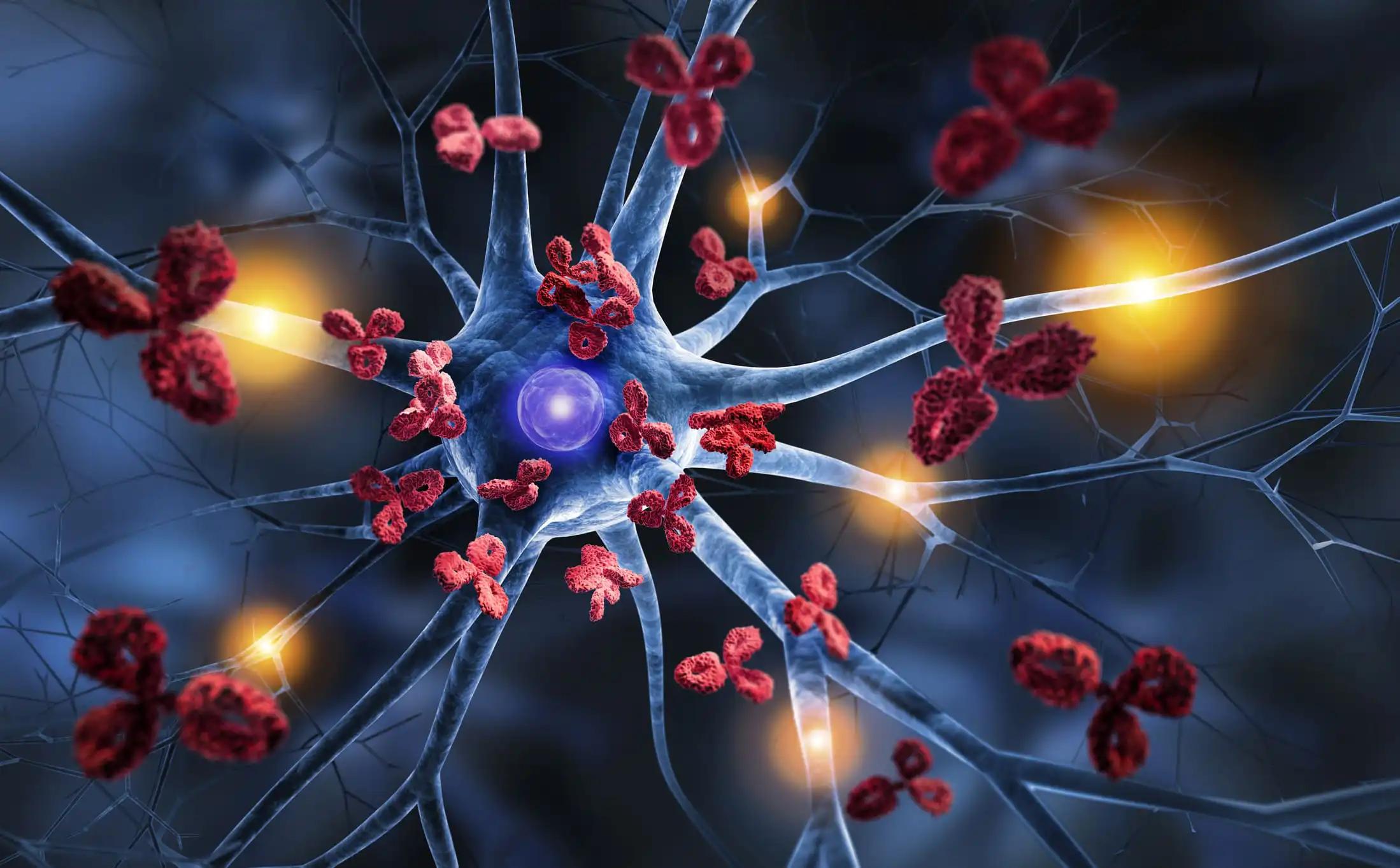KEY TAKEAWAYS
- The study aimed to develop a diagnostic and prognostic model for HNSCC.
- The results demonstrated the strong performance of the model and correlated it with TME and immunotherapy response.
Head and neck squamous cell carcinoma (HNSCC) poses significant challenges in diagnosis and prognosis due to its heterogeneity and variable clinical outcomes. Improved tools for accurate diagnosis and prediction of prognosis are essential to optimize patient management and treatment strategies.
Therefore, the development of a reliable model to assist in both diagnosis and prognosis prediction for HNSCC is imperative. Such a model would not only aid in early detection but also provide valuable insights into patient outcomes, enabling personalized treatment approaches and improved clinical decision-making.
Bangjie Chen and the team aimed to develop a diagnostic and prognostic model for HNSCC.
The study utilized data from TCGA and GEO databases to obtain normalized gene expression data. Consensus Cluster Plus facilitated cluster analysis to explore the relationship between angiogenesis-associated gene (AAG) expression patterns, clinical characteristics, and survival outcomes. Support vector machine (SVM) and least absolute shrinkage and selection operator (LASSO) analyses, alongside multiple logistic regression analyses, were conducted to establish the diagnostic model.
Furthermore, a prognostic nomogram was developed using univariate and multivariate Cox regression analyses. The immune microenvironment of HNSCC patients was evaluated using various algorithms, including ESTIMATE, XCELL, TIMER, QUANTISEQ, MCPCOUNTER, EPIC, CIBERSORT-ABS, and CIBERSORT. Additionally, gene set enrichment analysis, treatment sensitivity analysis, and mutation studies of AAGs were performed. Immunohistochemistry (IHC) staining was conducted on tissue samples for further investigation.
They stratified HNSCC patients into subtypes utilizing AAG expression disparities identified from TCGA and GEO databases. These subgroups exhibited variations in clinical characteristics, tumor microenvironment (TME), and immune-related gene expression. Leveraging nine AAGs, the study developed a robust diagnostic model for HNSCC, demonstrating high sensitivity and specificity. Subsequently, they refined this model to construct a prognostic risk signature based on six AAGs.
The resulting risk score showed significant independent prognostic value and was integrated into a prognostic nomogram alongside age and stage. Notably, distinct prognostic risk groups displayed disparities in immune microenvironment, drug sensitivity, gene enrichment, and mutation profiles.
The developed diagnostic and prognostic model for HNSCC, utilizing AAG, exhibited robust performance. Notably, the constructed prognostic risk score demonstrated close associations with the TME and responsiveness to immunotherapy.
Research was funded by the National Natural Science Foundation of China, the Research Level Improvement Project of Anhui Medical University, Anhui Provincial Natural Science Foundation, and the Scientific Research of BSKY in Anhui Medical University.
Source: https://pubmed.ncbi.nlm.nih.gov/38347320/
Chen, B., Han, Y., Sheng, S. et al. An angiogenesis-associated gene-based signature predicting prognosis and immunotherapy efficacy of head and neck squamous cell carcinoma patients. J Cancer Res Clin Oncol 150, 91 (2024). https://doi.org/10.1007/s00432-024-05606-8



